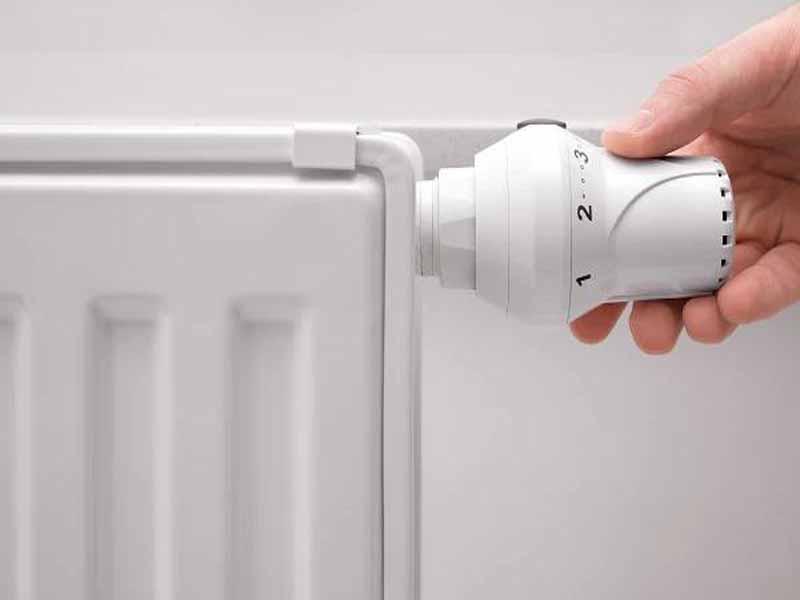how to bleed a bathroom radiator
Click:257 / Publish:2023-05-25 22:02
Bleeding a bathroom radiator is a simple process that helps remove any trapped air inside the radiator, allowing it to function efficiently and distribute heat effectively. Here's a step-by-step guide on how to bleed a bathroom radiator:

bleed a radiator
Ensure the heating system is turned off: Before you start bleeding the radiator, make sure the heating system is switched off. This prevents hot water from flowing into the radiator while you're working on it.
Locate the bleed valve: The bleed valve is typically located at the top of the radiator and is a small square or hexagonal nut. It may be covered by a plastic cap that can be easily removed by hand.
Prepare a cloth or container: Place a cloth or container below the bleed valve to catch any water that may come out during the bleeding process. This helps prevent any mess or damage to your bathroom floor.
Use a radiator key or screwdriver: Depending on the type of bleed valve, you will need either a radiator key or a screwdriver to open it. Radiator keys are commonly available and can be purchased at most hardware stores.
Open the bleed valve: Insert the radiator key or screwdriver into the bleed valve and turn it anticlockwise (left) slowly. You will hear a hissing sound as the trapped air starts to escape. Keep turning until water begins to flow steadily. Once water starts flowing, this indicates that all the trapped air has been released.
Close the bleed valve: Once water is flowing steadily, close the bleed valve by turning it clockwise (right) until it is tightly closed. Be careful not to overtighten and damage the valve.
Check the pressure: After bleeding the radiator, it's a good idea to check the pressure of your heating system. Refer to the manufacturer's instructions or consult a professional if you're unsure about how to check and adjust the pressure.
Switch on the heating system: Once you have finished bleeding the radiator and checked the pressure, you can switch the heating system back on. This allows the radiator to refill with hot water and resume its normal operation.
Remember, bleeding a radiator releases water, so it's important to be cautious and have a cloth or container ready to catch any water that comes out. If you're unsure or uncomfortable performing this task yourself, it's always advisable to seek the assistance of a qualified heating engineer or plumber.



